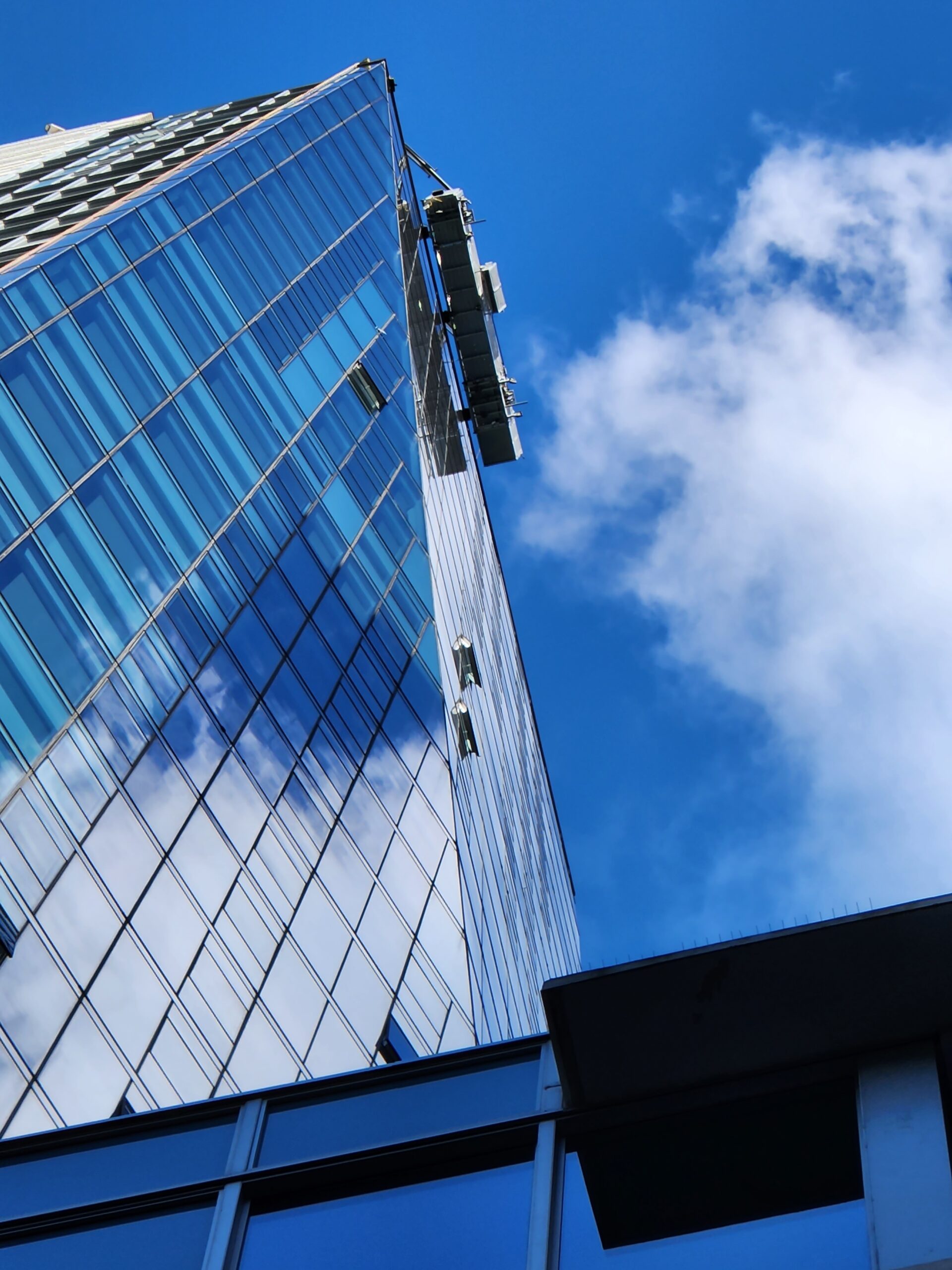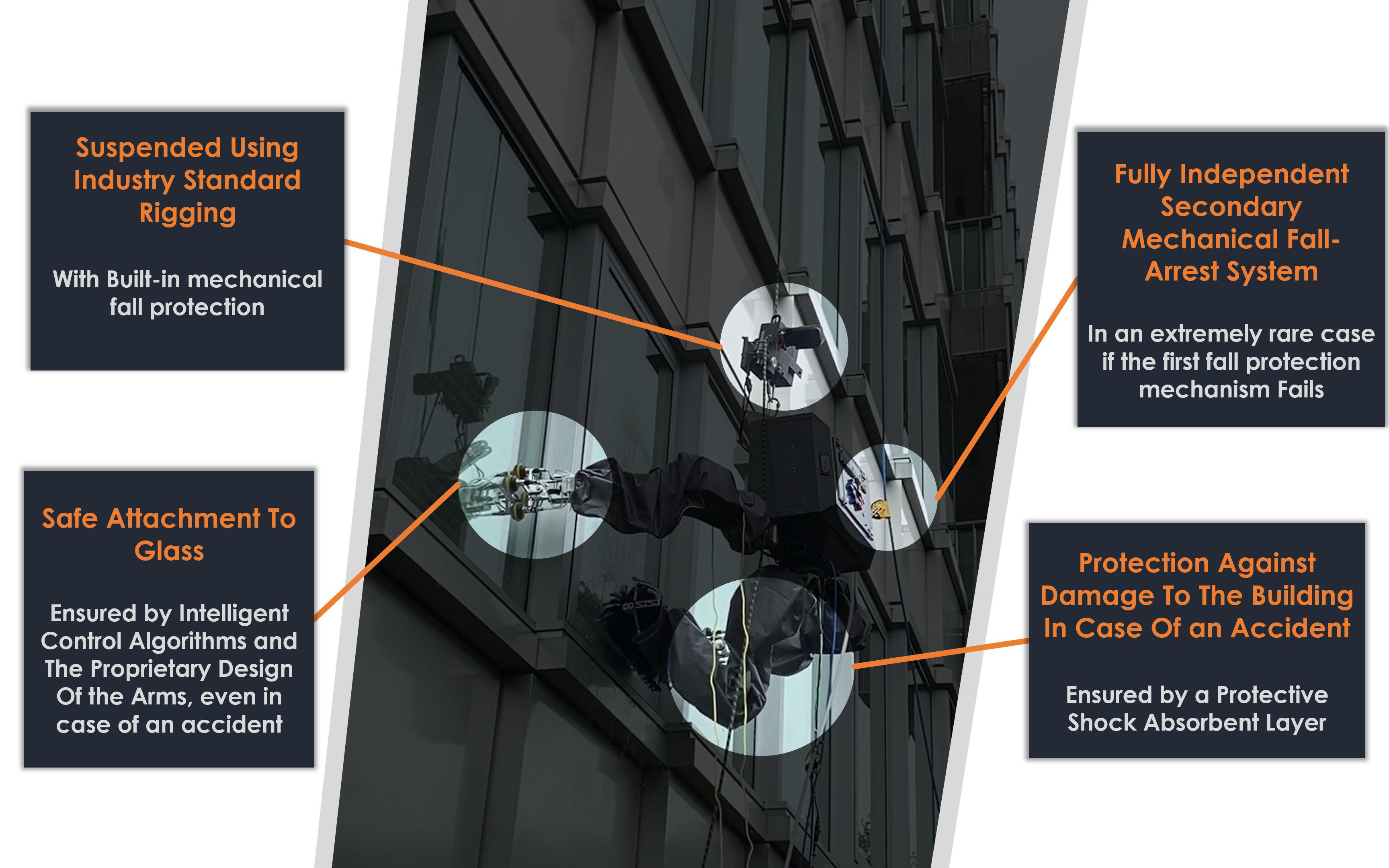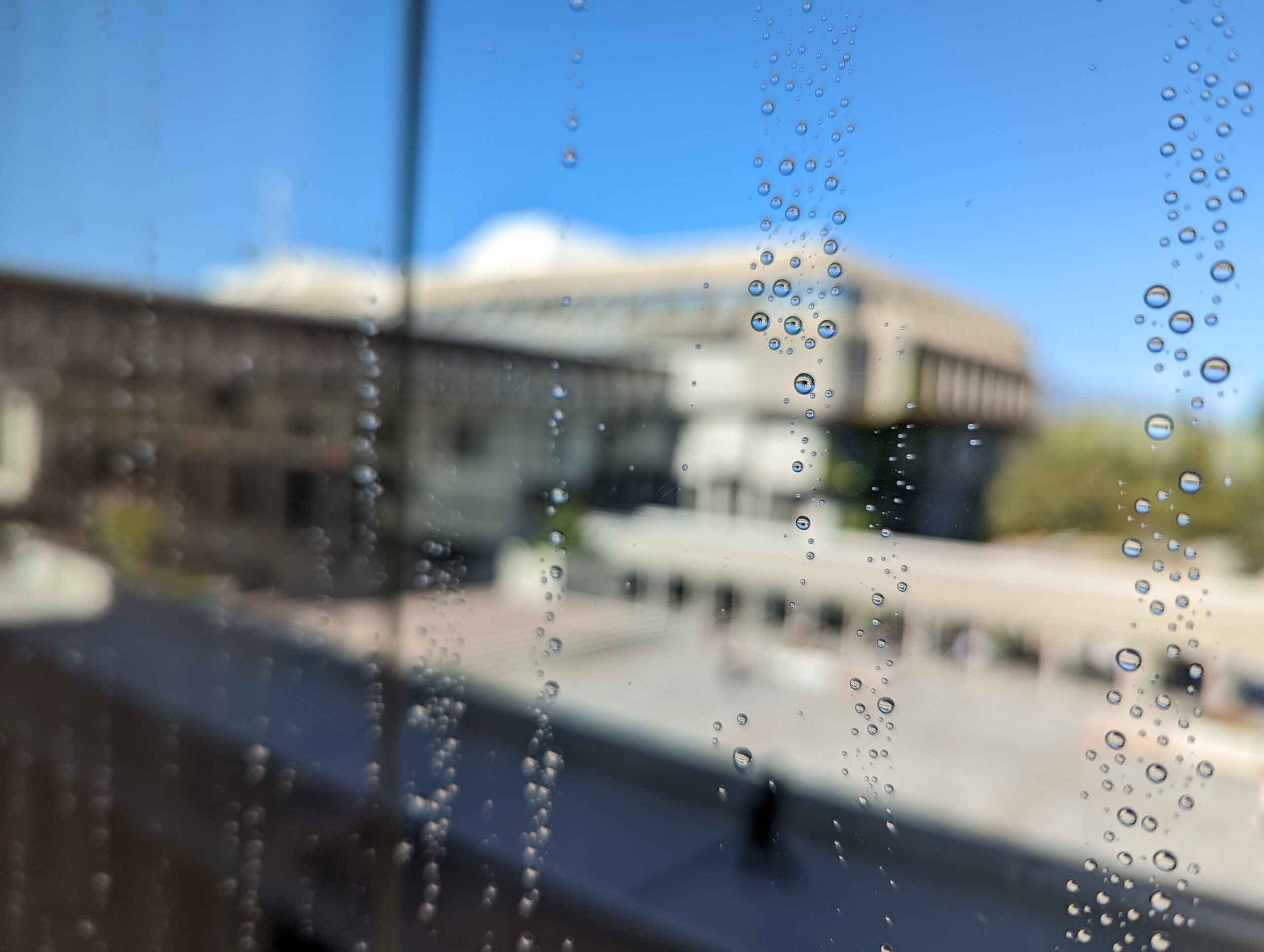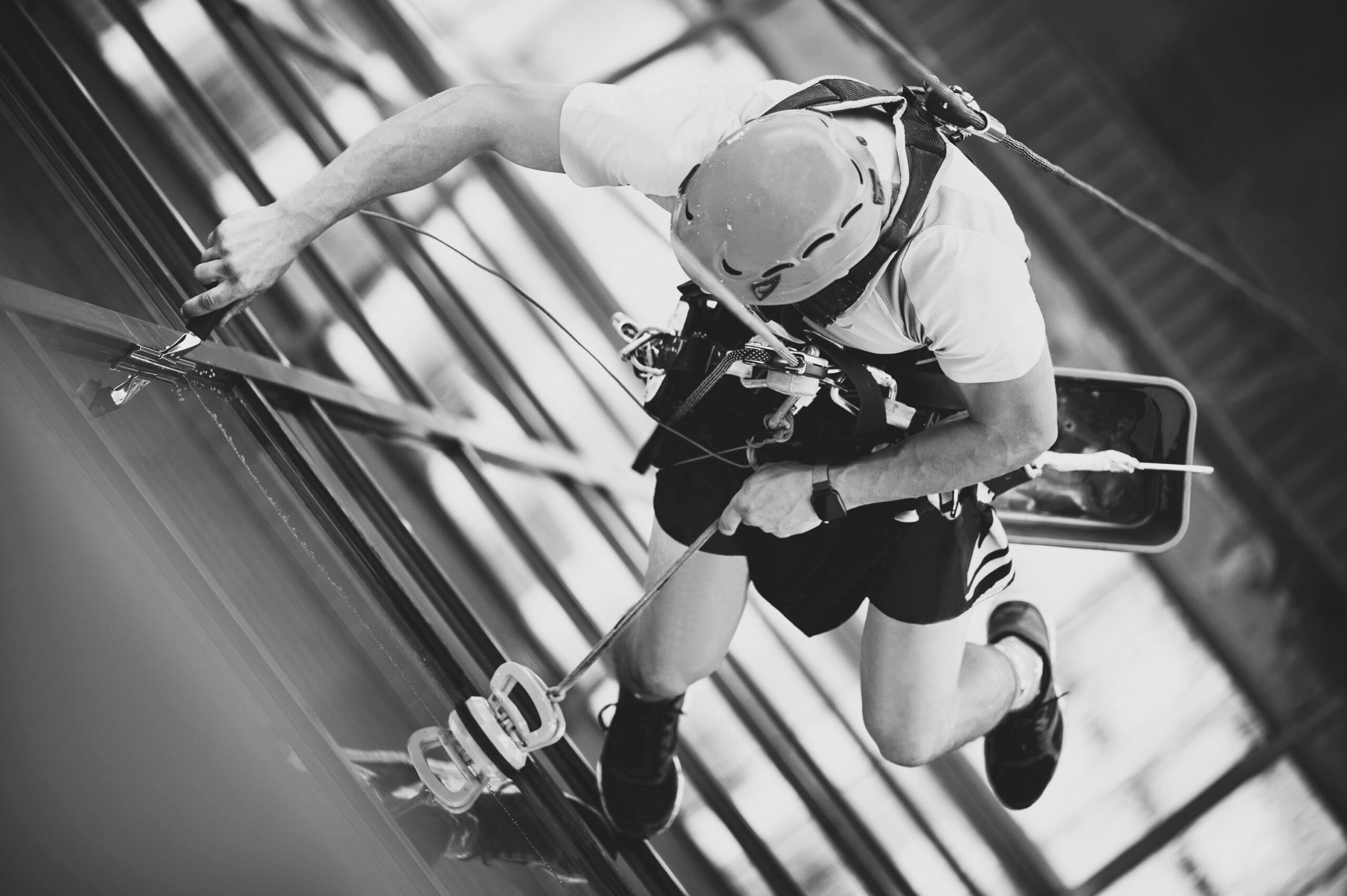Our novel semi-autonomous machines, operated by highly experienced and reputable contractors, deliver high-rise window cleaning projects 3 times faster, around the clock, and ensure predictability and consistent quality of work delivered.
The Vertex™ effect: Mid/High-Rise Window Cleaning Using A Human-Inspired Semi-Autonomous Machine
Slow and Unpredictable Process
Full reliance on manual labor means making resources available on time and delivering in the specified time period is a constant challenge. Weather, labor availability, and injuries are among a few causes of delays.
Shortage of Labor, Increasing Cost
The aging workforce with over 50% annual turnover is no longer a sustainable backbone for an industry serving a rapidly growing demand, and this phenomenon is continuing to drive up the cost of services.
Safety and Liability
Working on the side of the building is never safe for human workers. From the risk of falling objects and damage to the facade and broken windows to the physical strain on workers and the health hazards to workers on the side of the building.
Moreover, the scene of such risky work right outside the window is a constant reminder to the occupants of the danger the workers are exposed to for cleaning their windows.



3 Weeks Project Delivered In One
Our robotic fleet delivers 3 times faster than human workers.
Predictable, Reliable, Consistent
Firm schedules, consistent delivery quality, and real-time progress tracking.
Scale On Demand
Let your timeline define resource allocation and not the other way around.
Multi-Shift Schedules
Schedule work when most fitting your occupant’s preferences.
Leveraging the same rigging techniques and equipment used to suspend human workers
Autonopia’s machines are compatible with the same rigging equipment that keeps human workers safe on the side of a skyscraper.
This includes fabric and wire ropes and the corresponding lifting mechanisms used in the industry today, and the redundancy backup mechanisms to avoid any possible falls or damages to the building in case of an accident.
Far exceeding the current safety levels
According to statistics, accidents on rope are:
84%
Caused by Errors made by The Human Worker on Rope or Hazards Affecting Human on rope
3%
Caused by Rigging Equipment Failure
By replacing human workers at height with our machines, we leverage the safety of current equipment and avoid a vast majority of the possible causes of accidents.

FAQ
What is Pure (Soft) Water Window Cleaning Method?
Pure water or Soft water window cleaning is a popular method of window cleaning for low and mid-rise window cleaning. It is normally used via water-fed (aka. Tucker) poles.
It is a combination of agitation of the dirt on the glass using a brush and rinsing using soft water. Soft water is produced onsite using simple filtration mechanisms from tap water and it ensures no water marks are left on the glass after cleaning.
Why is pure water method not usually used on high-rise today?
The pure water method requires a continuous stream of water. Traditional high-rise window cleaners are limited in what they can carry in any of the access methods they use today.
With water-fed poles on low/mid-rise, the worker on the ground has the ability to deal with a hose, as opposed to a worker a few hundred feet above the ground on a rope. For this reason, unless necessary (e.g. pressure washing) the workers prefer to use the soap and squeegee method which is easy and fast to work with at height for a traditional worker.
However, Autonopia’s machines are designed to work with water hoses on the side of the high-rise and, in turn, provide the high-rise properties with the advantages of pure water window cleaning.
Without Squeegee, How does it make sure no marks are left on glass?
Soft water has a minimal mineral content, so when it dries out by itself on the glass, it will not leave any water marks. As a result, there is no need for a squeegee in this method.
Is Pure Water Method New?
No, it has been used for multiple decades in the industry and has been dominating the low and mid-rise window cleaning.
How does it result in more durable cleaning results?
High-rise window cleaner only clean the glass and the frames and panels around it will be left dirty. As a result, with the first rain, the dirt on the frames and panels, now mixed with the detergent used in window cleaning, is washed off onto the glass which leads to sharp decline in cleaning quality shortly after the cleaning is done.
Autonopia’s machine, thanks to its unique design and the use of the pure water method, cleans both the frames and glass ensuring a more durable result.
Eco-Friendly
Each year, 4.5 million liters of washing chemicals are used in high-rise window cleaning in the US and Canada.
VERTEX™ uses none.

